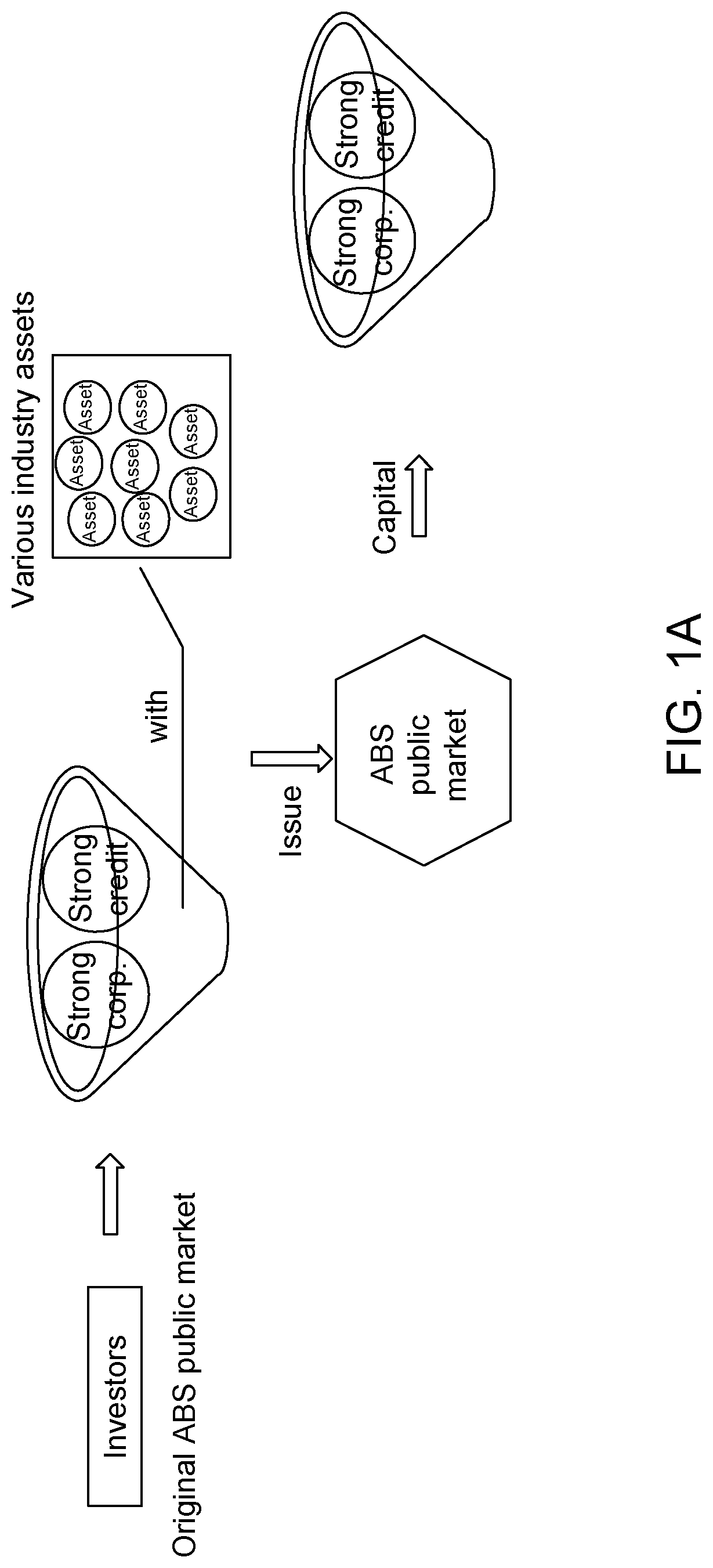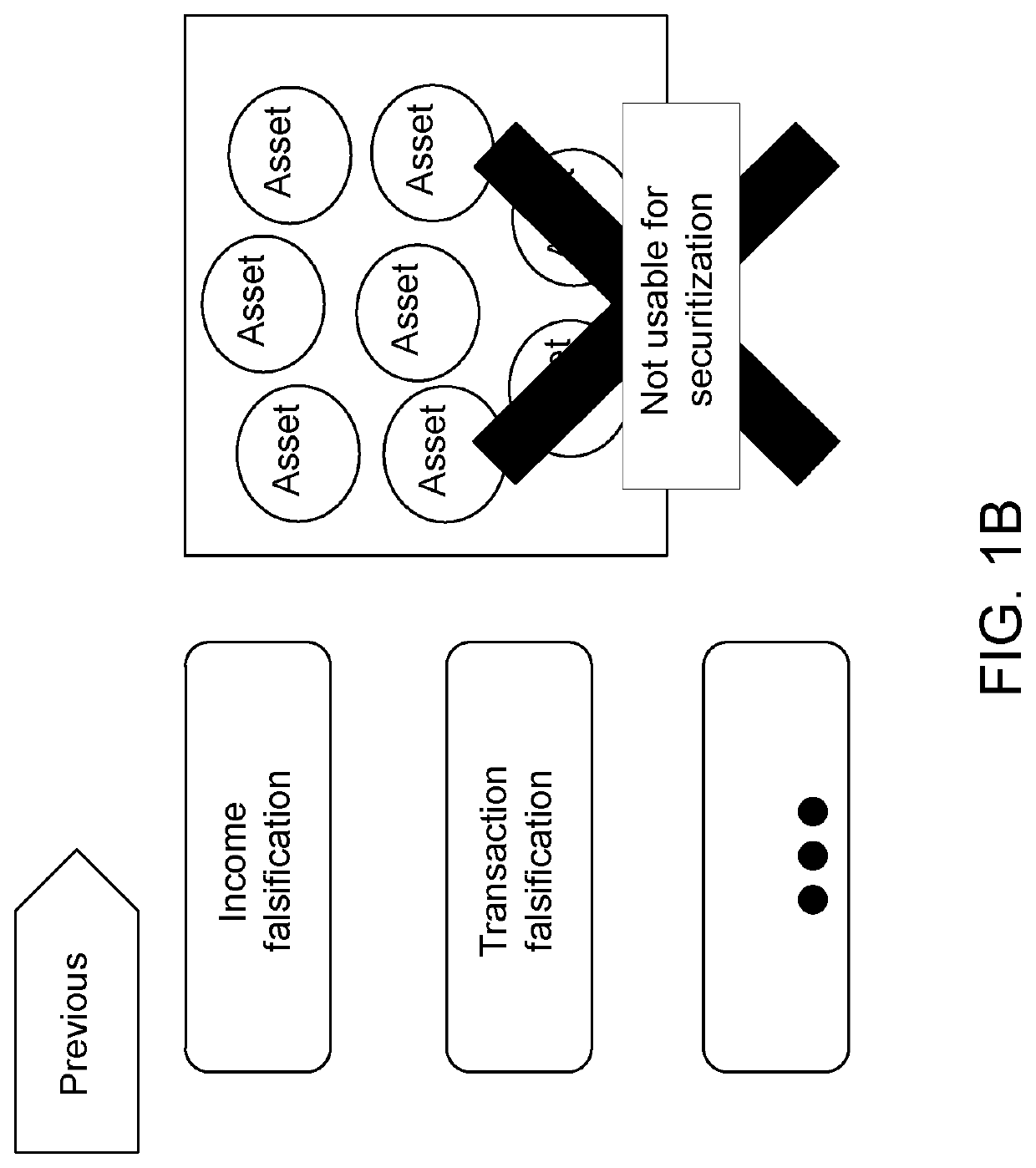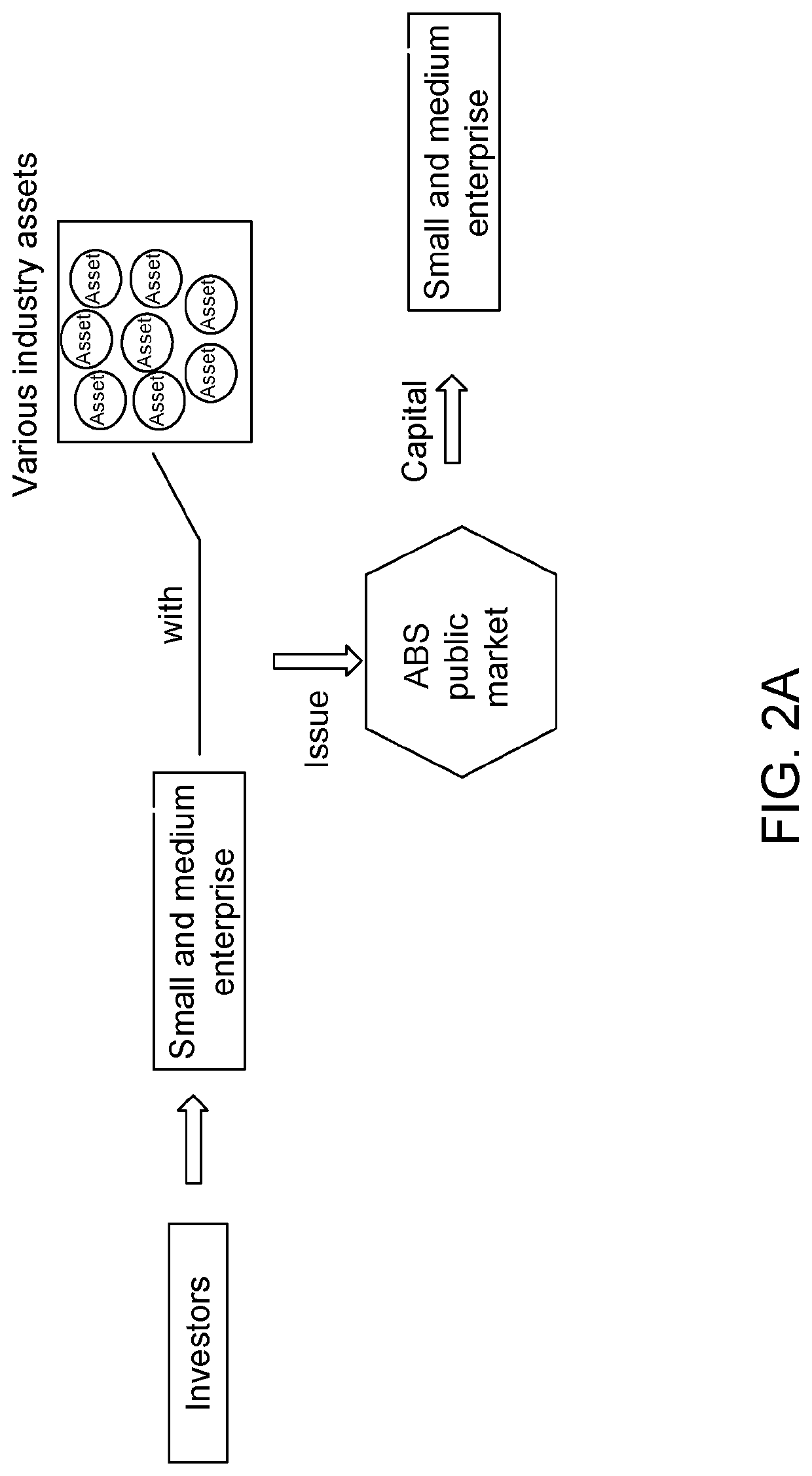There are many assets in many industries that have not been securitized in the past or, if securitized, there exists significant flaws that limit profit and adoption.
In many industries, the enterprise may have many good assets, but it is difficult to raise funding because investors have no way to know the assets and verify the authenticity of the assets.
However, for small and medium-sized enterprises, they may have no way to do the financing from a public market, such as with asset-backed securities.
Currently, only about three percent of assets in the global economy are suitable for securitization via asset-backed securities, resulting in a severe limit to the asset-backed securities market.
The static information could not show the current status of the assets and it is difficult to verify the truth of the content of such static files.
The manner in which some markets
record assets in an asset-backed security business has several downsides that can increase risk.
This means that any deterioration of individual asset value reduces the overall
package value.
This also means that any incorrect recording can result in errors, inaccuracies or even incompatible assets being included in the
package, affecting the value of the whole
package.
Moreover, the assets are typically recorded in Excel files, where maintaining the files can be error-prone and vulnerable to falsification.
As a result, there are substantial hard-to-monitor risks in conventional asset-backed securities.
In the auto loan industry, funding is the major limit on growth of the business.
Many auto loan companies have a lot of good assets, but they have difficulty raising funding because investors have no way to assess the assets and verify the authenticity of the assets.
That means most auto loan corporations cannot issue ABS to get financing, even though auto loan assets are usually good for asset-backed securitization.
Therefore, auto loans should be capable of asset-backed securitization, however there currently lacks methods for verifying loan assets so that they are accepted as sufficient for funding.
In the utility infrastructure industry, funding is the major limit on growth of the business.
Many large infrastructure development companies have good projects and assets, but they have difficulty raising funding from public market because investors have no way to assess the assets and verify the authenticity of the assets.
In the real estate industry, lack of funding is the major limit on growth of the business, especially funding based on future or prospective cash flows.
Many real estate companies have a lot of good assets, but they have difficulty raising funding because investors have no way to assess the assets and verify the authenticity of the assets.
However, most real estate corporations are small or medium sized, which have difficulty issuing ABS to get financing even though real estate future cash flow assets are usually good for ABS.
Furthermore, large real estate corporations are also facing financing issues because of rapid new business growth.
Thus, real estate future cash flow or prospective earning assets should be good for ABS, however, real estate future cash flow assets cannot be verified and be accepted as sufficient for funding.
In the supply chain industry, suppliers' funding is the major limit on growth of the business.
Many supplier companies have a lot of good account receivable assets, but they have difficulty raising funding because investors have no way to assess the assets and verify the authenticity of the assets.
However, most suppliers are small or medium sized, which have difficulty issuing ABS to get financing even though supplier account receivable assets are usually good for ABS.
Furthermore, large supply chain corporations are also facing financing issues because of rapid new business growth.
Thus, supplier account receivable assets should be good for ABS, however, supplier account receivable assets cannot be verified and be accepted as sufficient for funding.
 Login to View More
Login to View More  Login to View More
Login to View More 


